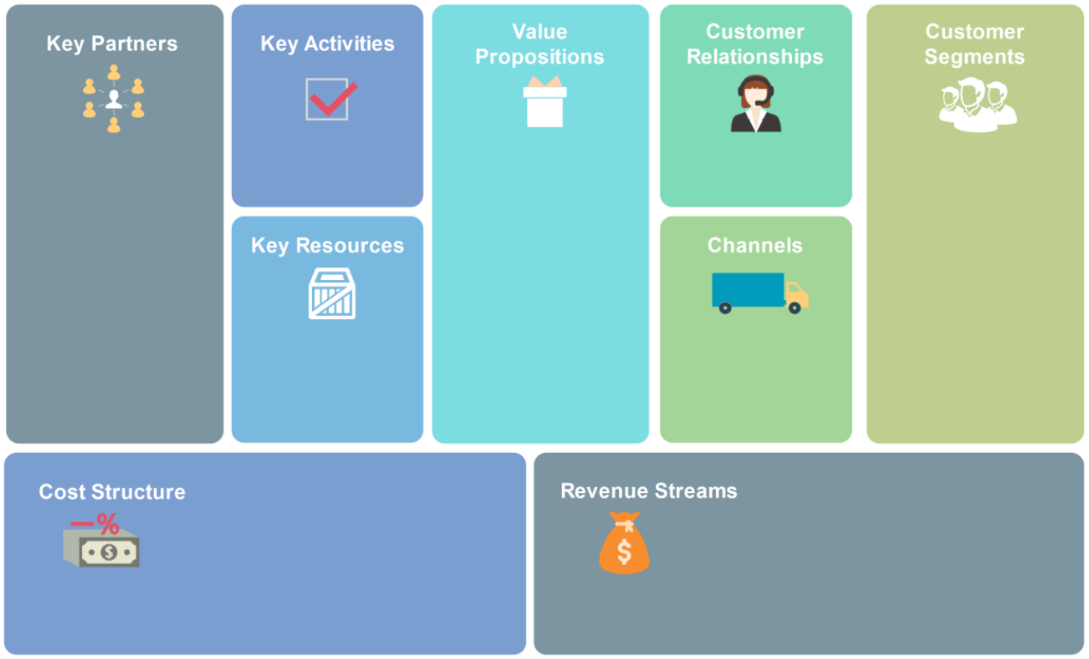Hybrid working environments, continuous advancements in technology and shifting social norms are only a few challenges facing organisations today. There’s a big focus on organisations operating under an ‘agile’ model, so they can respond to external changes (ideally faster than their competitors).
Becoming ‘agile’ often means that an organisation design is required. But as you might have already experienced, running an organisation design project is a huge undertaking. According to McKinsey & Company, less than 25% of organisational redesigns succeed.
We know that every company is different, and there’s no magic shortcut to the perfect organisation design. But, to make your life a little easier, we’ve identified 6 key aspects that apply to every company – helping you to deliver a successful organisation design.
So, what are the 6 key aspects of an effective organisation design?

1. Linkage to business intent and drivers
Before diving straight into your project, make sure your organisation design team has a deep understanding of how your business works, as it’s fundamental to a successful design and implementation.
An example to help you understand this is IKEA and Freedom. They’re both furniture stores but they have different approaches to executing their business. IKEA wants their customers to quickly and easily find the furniture they are looking for, they expect that customers usually don’t need a lot of assistance and are happy with self-service. Freedom, on the other hand, creates bespoke furniture and they want interested customers to interact with their staff.
From this different approach, the locations of IKEA and Freedom stores are impacted by their operating style as IKEA customers are more likely to buy furniture during their visit and load it into their cars whereas Freedom customers would get their furniture delivered after visits to the store. Which is why IKEA usually offers a huge parking area whereas Freedom doesn’t have that requirement and is often found in a high street location.
This fundamental difference in how both companies operate permeates throughout their organisation structure and design and, in the simple illustration above, for two furniture companies they offer significantly different touchpoints with their customers, with differing expectations of their customers and so forth.
Even the smallest details about how your organisation functions will have an impact on its design. At the start of your project, it’s important to create a clear outline of your organisation’s high-level strategic and operational intent. This way, you can refer back to it, making sure that every decision is aligned with the big picture.
It’s also important to note that designing your organisation is an ongoing process and not a one-off project. It needs to be updated every 4-5 years based on internal and external factors.
2. Creating a holistic thinking mindset
It’s useful to have a shared model across the business so everyone has a similar view of how the company is intended to run. This makes sure that everyone is on the same page, fostering a common understanding and language.
The next page shows you an example of a business model canvas. You can use this as a starting point, but don’t be afraid to create your own! You need to be able to create a business model that’s easy for everyone in your company to understand. The more personalised it is to your organisation, the better.
Keen to learn about the rest?
Get our free downloadable PDF which covers the following topics in depth:
- Building a set of common organisation design principles
- Understanding your structure options
- Managing your organisation design as a project
- Selecting & implementing the right fit
Want to learn more about organisation design? Check out our new learning centre. It’s packed with lots of free downloadable content, webinars and mini lessons.
Like to try out our org design tool for yourself? Book Book a demo today.





